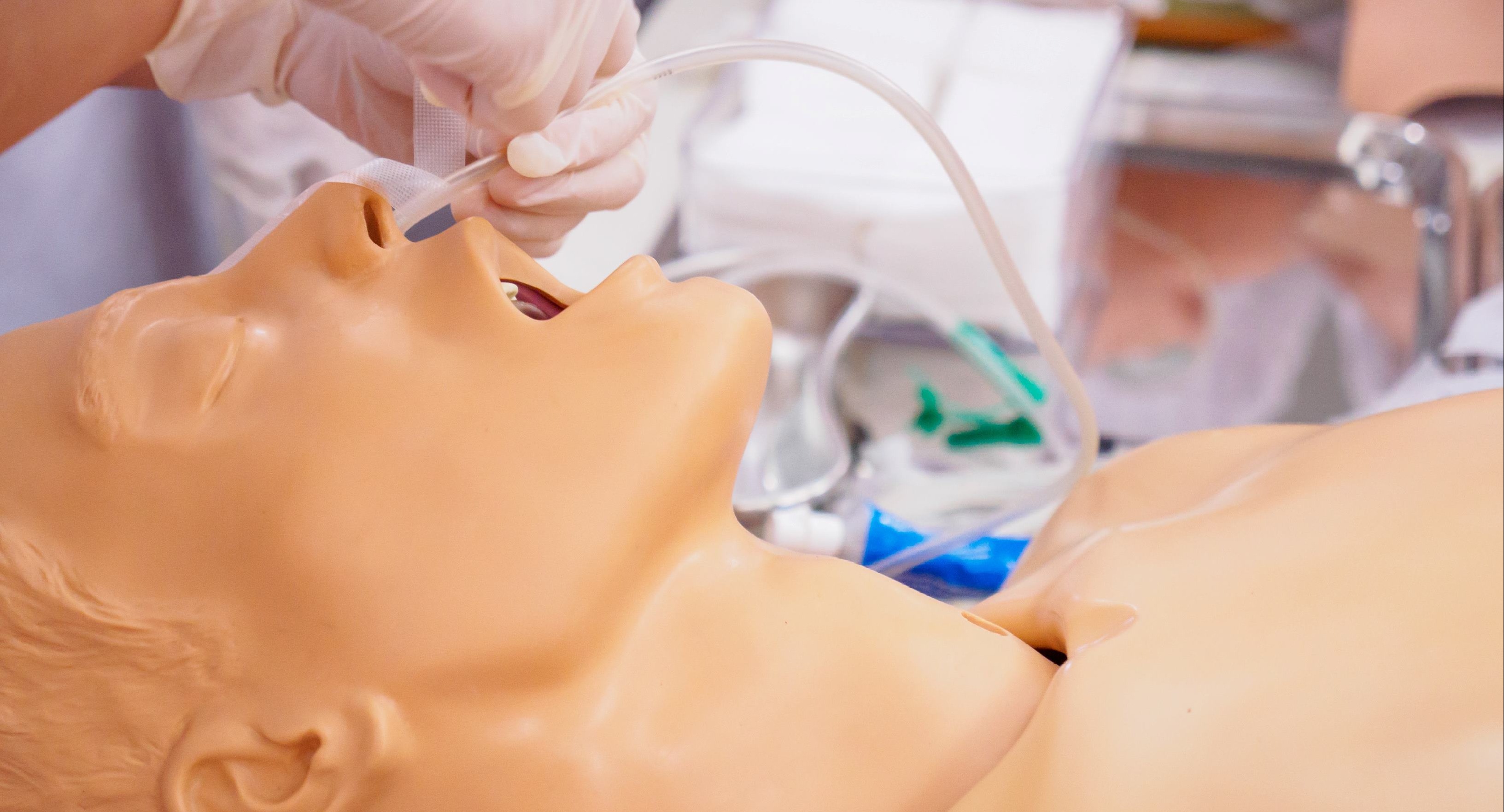Smart Magnetic Sensors for Real-Time Localization of Catheters/Tubes

KEY INFORMATION
Healthcare - Medical Devices
TECHNOLOGY OVERVIEW
The malposition of nasogastric tube (NGT) is when the tip is lying in the lungs or the pleural space, leading to pneumothorax, pneumonia and feed empyema and can be fatal. This happens in blind placements and has a 1 - 3% occurrence. Current clinical NGT placement are typically performed blindly without any visual aids. Misplacement is a preventable issue that can delay treatment, increase healthcare costs and put patient safety at risk.
This system enhances the accuracy of NGT placement by integrating a flexible guiding stylet with a removable permanent magnet (PM). The magnet allows for easy retrieval and re-insertion, enabling periodic confirmation of the tube's position during feeding. It leverages an external network of magnetic sensors to detect the magnetic field produced by the PM. These sensors, integrated into a smart fabric affixed to the patient, provide real-time feedback through LED indicators that display the exact location of the NGT tip. This technology ensures immediate detection and correction of any misplacement during the insertion process, significantly reducing risks and eliminating the need for repeated imaging or testing, unlike traditional methods that rely on pH tests or radiological imaging to verify the tube’s position.
The technology owner is looking for partners to collaborate and further the commercialization of the technology.
TECHNOLOGY FEATURES & SPECIFICATIONS
The solution uses passive magnetic tracking technology to provide proven, real-time, robust, safe and cost-effective localisation of the NGT during the insertion process as well as subsequent re-confirmation.
High accuracy in complex environments with real-time localization: NGT can be located real-time with computational algorithms and a network of sensors allow precise tracking of the NGT’s position, even in the presence of nearby metallic objects, ensuring reliability in diverse clinical environments.
Direct and definitive: Quantify the actual position of the NGT unlike the pH method which is indirectly inferring the location of the NGT tip. An integrated sensing display unit contains
Cost-effective and easy integration: Minimal changes to the NGT design and clinical workflow, ensures the solution to be cost effective.
Non-invasive detection: External sensors accurately locate the PM through human tissue (e.g., skin, muscle, and bone) due to its low magnetic susceptibility, allowing non-invasive tracking.
POTENTIAL APPLICATIONS
Technology can be used for real-time localization of medical devices such as nasogastric tubes, catheters, within the body. Its ability to function without line of sight and through non-ferromagnetic mediums like tissue ensures accurate device placement in critical procedures, significantly improving safety in minimally invasive surgeries. The system can overcome the limitations of traditional tracking by providing non-invasive, highly accurate localization without the need for continuous X-rays exposure, offering safer alternatives for real-time feedback.
Unique Value Proposition
Tracking starts from the critical oesophagus-trachea juncture, all the way to the target gastric-intestinal site, with real time feedback on the actual location.
- Easy to use and intuitive: Does not require bulky sensing and electronic systems that is placed on the patient
- Does not change workflow: The insertion procedure and NGT are fundamentally unmodified
- Less cumbersome system: System consists of a fully wireless system requiring no auxiliary power and smaller footprint
- Able to use in home-care setting: Available to be used in home-care setting unlike traditional X-ray methods
- Able to handle both initial and subsequent tube confirmations without requiring the NGT to be fully retrieved from the body. Using the novel stylet approach, the NGT can be left inside the body for subsequent re-confirmations. Following confirmation, the stylet can be retrieved so that only the NG tube is left inside the body (exactly the same as it is presently done).
